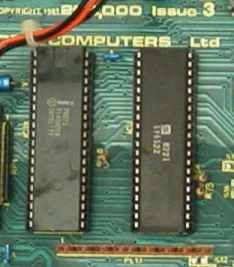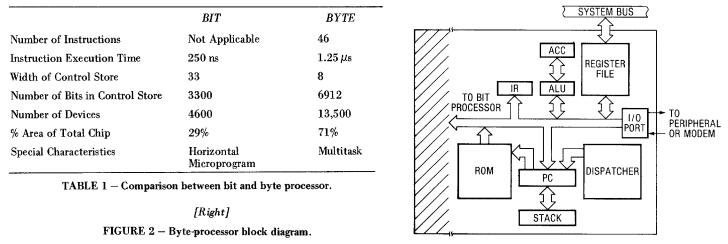Some of the floppy drives for the BBC Micro were using the Intel 8271 controller, and this little chip is the actual star of this story.

When I was taught a few basics in logic design back in the day, I was told to strictly stick with the documented signal combinations, since everything else is just undefined behavior. Meaning, nobody ever even cared to find out, what may happen. (Everything may happen, due to unknown quantum effects Margaret Thatcher may rise from the grave, the end of days, etc., you get the idea. Just don’t.) Chris Evans, the hero of this story, on the other hand, is apparently a character of courage.
Specifically, it’s about the reset command of the i8271, which is issued by “outputting a one followed by a zero to the Reset register” – and this, by the way, for exactly 10 clock cycles. Which proved to be just a bit too much of a provocation for our daring hero, when playing with the chip for a retrocomputing exercise:
It is no doubt my security background that caused me to read this description and then promptly write the value 100 (not 1 or 0) to this register.
Learn what followed here:
Via HN: A wild bug: 1970s Intel 8271 disc chip ate my data | Hacker News

